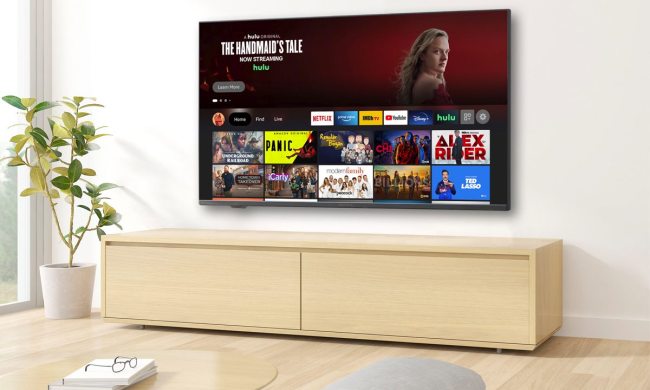In 2010, Best Buy approached Pioneer with an idea: a speaker that delivered incredible performance at a shockingly low price — a value proposition so enticing, it would be impossible to turn down. Pioneer accepted the challenge, and tapped Andrew Jones to head up the project. At the time, Jones was busy designing a $40,000 pair of reference speakers for Pioneer’s high-end TAD division. This project would require a radically different approach, transitioning from “cost is no object” to wringing the most performance from every penny. The result was the first generation of Andrew Jones signature speakers, which debuted to rave reviews. Subsequent revisions resulted in the more recently-introduced Pioneer SP-PK2FS, which we reviewed last year. Now, Jones is back with an Elite series of speakers designed to deliver the new Dolby Atmos cinema surround sound experience in the home. They’re admittedly more expensive than the last line, but are still designed to deliver performance that rivals speaker systems several times its cost.
In our interview video, we sit down with Andrew Jones and pick his brain about how he goes about designing speakers, debate measurements versus listening, talk about the recent push toward high-res digital audio files, and how to get a younger generation interested in hi-fi audio.
Those familiar with Andrew Jones don’t really need an introduction, but for those unfamiliar, here’s the Cliff’s Notes version of his bio:
Jones studied acoustics, physics and electromagnetics at university in the UK, then went on to do post-graduate research work in crossover network design and active noise control before joining KEF where he started out doing research in the company’s state-of-the-art R&D facility. Jones ultimately moved up through the ranks to become KEF’s Chief Engineer. Over his career, Jones has worked with and known some of the great giants in speaker design and engineering, and has now become something of a giant himself, having left his stamp at KEF with unique designs (KEF”s iconic UNI-Q designs, as a matter of fact), which are still in use today. Later, Jones would move to the US to join Infinity, where he designed reference-grade speakers, before moving on to work with Pioneer, where he has developed some amazing high-end speakers for the revered TAD line before going to work designing the ultra high-value speakers you’ll see in stores like Best Buy today.




